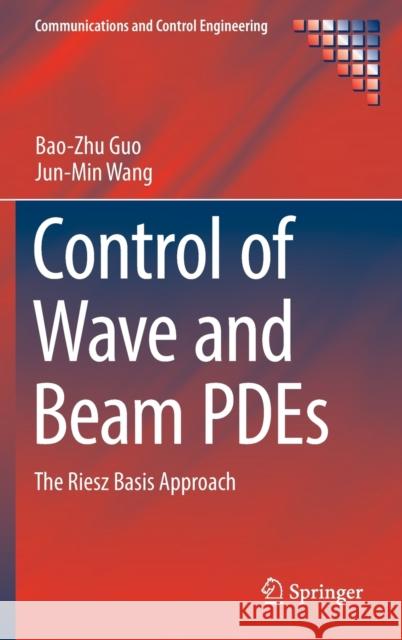Control of Wave and Beam Pdes: The Riesz Basis Approach » książka
topmenu
Control of Wave and Beam Pdes: The Riesz Basis Approach
ISBN-13: 9783030124809 / Angielski / Twarda / 2019 / 596 str.
Control of Wave and Beam Pdes: The Riesz Basis Approach
ISBN-13: 9783030124809 / Angielski / Twarda / 2019 / 596 str.
cena 605,23
(netto: 576,41 VAT: 5%)
Najniższa cena z 30 dni: 578,30
(netto: 576,41 VAT: 5%)
Najniższa cena z 30 dni: 578,30
Termin realizacji zamówienia:
ok. 22 dni roboczych.
ok. 22 dni roboczych.
Darmowa dostawa!
Kategorie:
Kategorie BISAC:
Wydawca:
Springer
Seria wydawnicza:
Język:
Angielski
ISBN-13:
9783030124809
Rok wydania:
2019
Wydanie:
2019
Ilość stron:
596
Waga:
1.02 kg
Wymiary:
23.39 x 15.6 x 3.33
Oprawa:
Twarda
Wolumenów:
01











